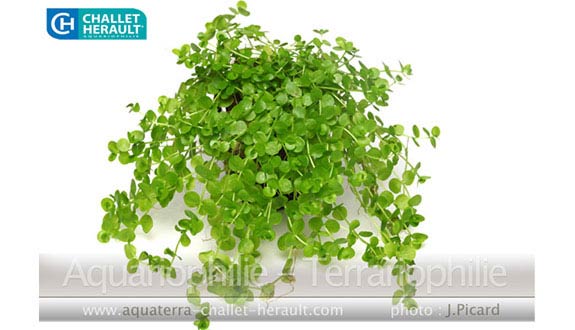

Alternative species (click on the thumbnail to see the card)
Names
Scientific name
Micranthemum umbrosum
Micranthemum orbiculatum
Anonymos umbrosa
Globifera orbiculatum
Globifera umbrosa
Hemianthus umbrosum
Micranthemum emarginatum
Micranthemum orbiculatum
Micranthemum pilosum
Micranthemum standleyi
Lysimachia japonica
Common name
Giant baby tears
hade mudflower
Origin

Origin: United States
Ideal fertilization

CO2: 20-40mg/l
Nitrates (NO3): 10-50mg/l
Phosphates (PO4): 0,1-3mg/l
Potassium (K): 5-30mg/l
Iron (Fe): 0,01-0,5mg/l
Group
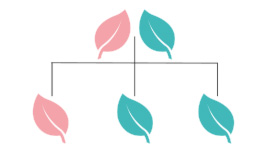
Plantaginaceae
Kind
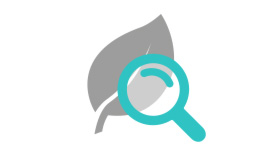
Rhizome
Parameters

T°: 18 to 24°C or 64 to 75°F
pH: 6 to 7
Hardness: 6 to 15°dGH
Difficulty

Average
Lighting

Strong
Size
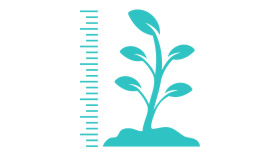
10 to 20cm (4 to 8")
Plantation
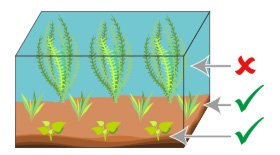
Foreground and middle
Growth
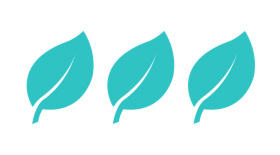
Fast
Presentation
Who is the Giant baby tears?
Presentation
Who is the Giant baby tears?
These little round leaves have a lot of charm! However, be careful with the maintenance of this rather delicate plant.
Planting and maintenance
How to plant and maintain the Giant baby tears?
Planting and maintenance
How to plant and maintain the Giant baby tears?
Plant the feet in a fairly tight group (5 or 6 feet every 15 cm or 6"), on the front or in the middle of your aquarium.
This species requires a lot of light. Count at least 0.5 Watt/litres, or more. Do not put it in the shade! A CO2 supply is highly recommended. It should also be placed in nutritious soil and fertilized regularly. Concerning the water parameters, the use of osmosis water will in most cases be mandatory in order to lower the water hardness. If these conditions are met, the plant will grow rapidly.
Beware of the presence of filamentous algae because Micranthemum umbrosum is defenseless against this enemy.
Farming
How to farm the Giant baby tears?
Farming
How to farm the Giant baby tears?
Very easy, the culture of this plant is done by simple cuttings: take and transplant the heads of your plant.
Tip: pinch the leaves regularly to stimulate the cutting of the plant.
Good To know
Find all additional information!
Good To know
Find all additional information!
Not very demanding in terms of volume, the Japanese Lysimatic finds its place in any aquarium with favourable conditions.
Because of its atypical shape and its bright colour, this plant is widely used in aquascaping or in Iwagumi or Dutch type aquariums.
She's originally from America, so why her name Lysimatic from Japan? Quite simply because the Japanese have widely and for a long time cultivated this species to decorate their aquariums.
Yours photos!
Comments
Sort by:
Please login to post comments
